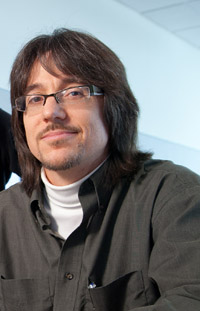Lone Gunman? Follow the Physics
JFK 50 Years Later: What Are the Legacies of His Presidency and Assassination?
By David Jackson, associate professor of physics & astronomy
The assassination of President John F. Kennedy inevitably brings to mind conspiracy theories. Fifty years after this horrific event, the matter still appears to be unsettled. However, solid scientific evidence clearly demonstrating that a single shooter is by far the most likely scenario has been available for decades. Furthermore, a modern look at the ballistic and forensic evidence makes this conclusion even more compelling.
The two primary issues that raise skepticism of a single shooter are (1) that a single bullet could have caused so many different injuries to both the president and Texas Governor John Connally, who was sitting in front of the president; and (2) that the president's head jerks backward in response to the fatal shot even though that shot came from behind, which appears to violate the laws of physics. However, both of these issues are well supported by reproducible scientific evidence.
1. The PBS television special NOVA: Cold Case JFK, which aired on Nov. 13, 2013, provides new ballistic evidence to conclude that a single, full-metal-jacketed bullet fired at more than Mach 2 would have been expected to do precisely the type of damage that was observed in the president and Governor Connally.
2. In 1976, physicist and Nobel laureate Luis W. Alvarez published a report in the American Journal of Physics that provides a careful analysis of the Zapruder film as well as the basic physics and experimental confirmation that explains why the president's head moves backward in response to being shot from behind.
Read more faculty perspectives on JFK.
Published November 20, 2013
